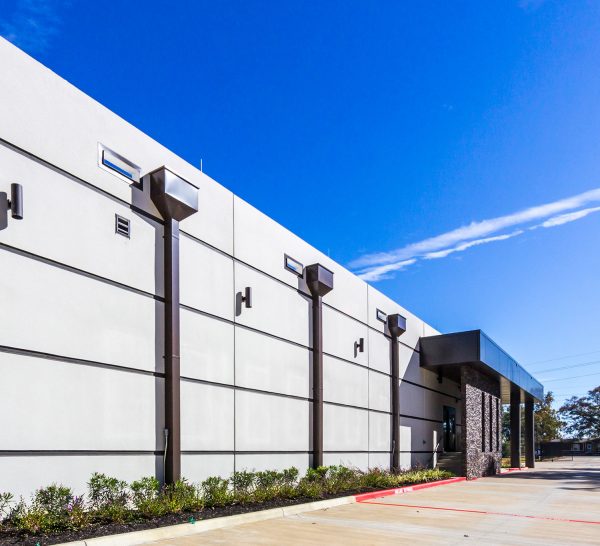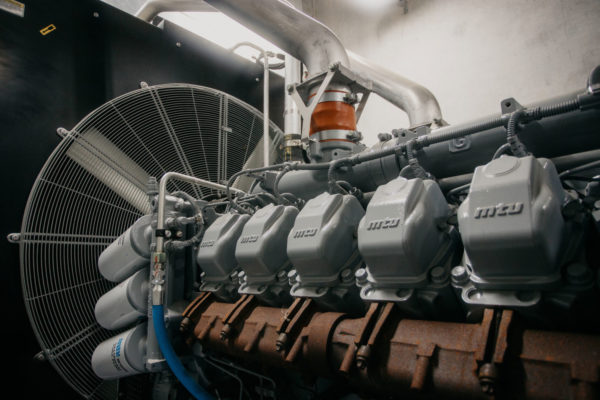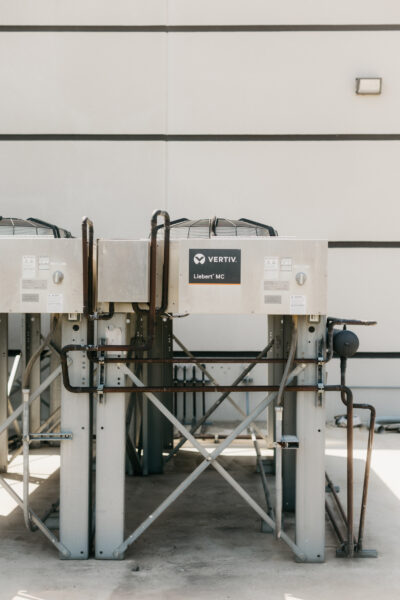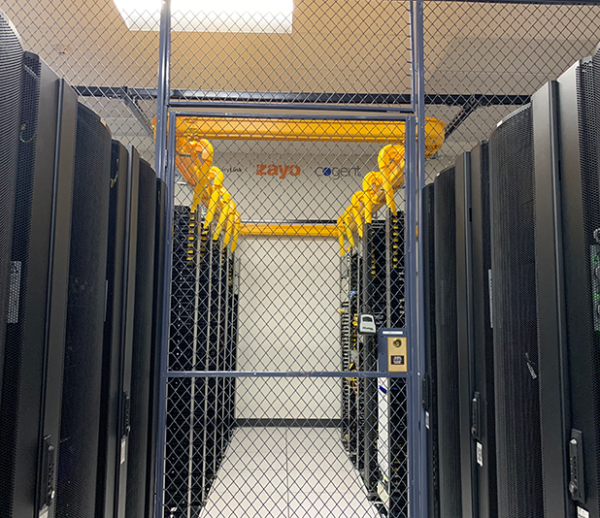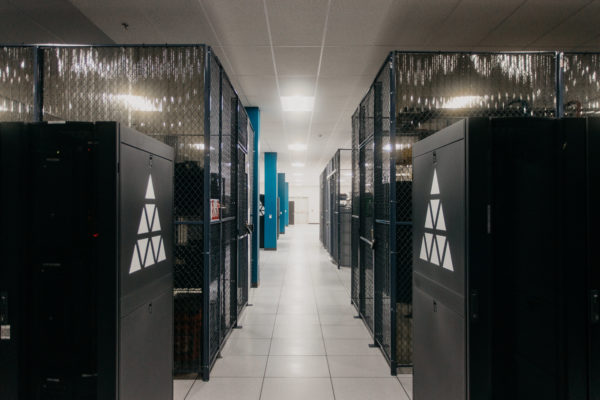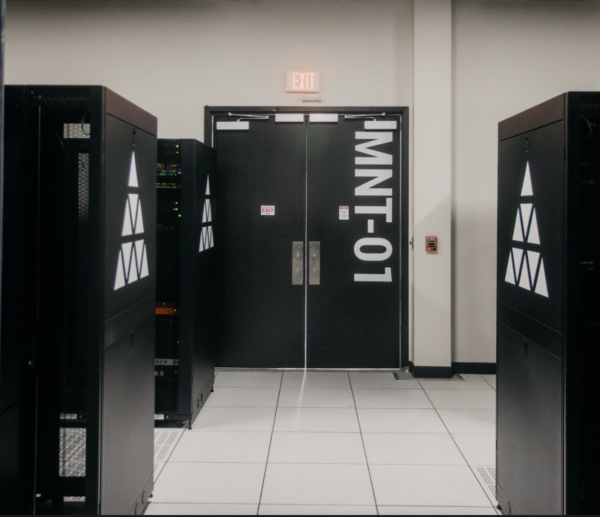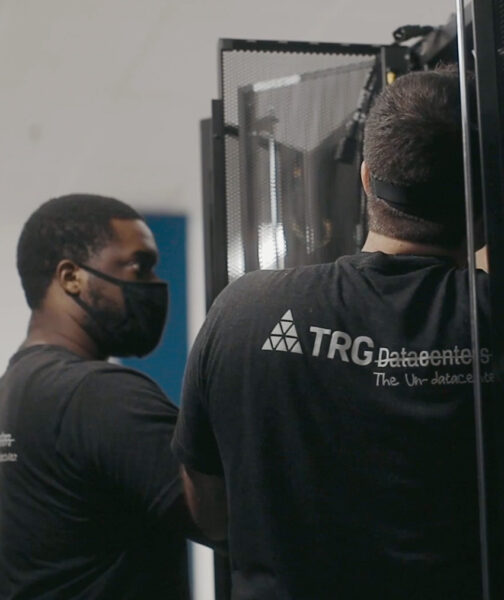The rapid evolution of technology has given rise to new and powerful ways to handle complex data processing, high-performance computing, and machine learning workloads. One of these emerging solutions is GPU as a Service, often shortened to GPUaaS.
But what exactly is GPU as a Service, how does it work, and why is it so crucial in today’s rapidly expanding market for compute-intensive applications?
What is GPU As a Service? (GPUaaS)
GPU as a Service (GPUaaS) refers to the on-demand provisioning of GPU resources via the cloud, enabling users to leverage powerful Nvidia and other proprietary graphics processing units remotely.
Instead of buying physical GPUs and installing them on-premises, organizations can tap into virtualized GPU resources hosted by providers. This model is similar to other “as a Service” offerings, such as Infrastructure as a Service (IaaS) and Platform as a Service (PaaS), except it focuses on high-powered GPU resources specifically engineered for computing tasks.
In a GPUaaS model, the GPUs are hosted in a data center (or multiple centers worldwide) owned by third-party providers who offer these resources as a managed service.
Users access the resources through the cloud, typically paying only for the GPU resources they consume, including the computational power, memory, or specialized software libraries needed to run their workloads.
This model brings tremendous flexibility, especially for organizations with variable or intermittent demand for large-scale GPU computing.
Because GPUs excel at parallel computing tasks, they are particularly well-suited for machine learning and deep learning models, data analytics, high-end visual rendering, and other domains in which high-volume numerical computations must be executed rapidly.
GPUaaS transforms these expensive, specialized resources into a flexible and scalable service that a broad range of industries can utilize without massive up-front infrastructure investments.
Looking for the best GPUs for machine learning in 2025? Look no further.
Why GPUs Matter
Traditional CPUs are excellent for general-purpose tasks. However, they typically have fewer cores, each optimized for sequential computing. In contrast, GPUs contain thousands of smaller cores capable of executing many operations in parallel.
This parallelism makes them ideal for handling matrix multiplications, convolutions, and other operations at the heart of machine learning and deep learning tasks.
Modern GPUs, most notably from Nvidia, can dramatically accelerate training times for models used in deep learning by splitting large volumes of computations into smaller tasks that can be done in parallel. This parallelism is also attractive to those running scientific simulations, video rendering, and financial analytics.
Because of this broad applicability, GPUaaS is increasingly seen as a staple for any organization that needs high-end computing without wanting to maintain large, on-premise GPU clusters.
Evolution of GPU as a Service
The concept of GPUaaS is relatively new, spurred by advances in both GPU hardware and cloud platform capabilities.
When cloud computing took off, most providers focused on delivering CPU-based virtual machines. Over time, as machine learning rose in importance and the enterprise appetite for accelerated computing grew, cloud services adapted to offer dedicated GPU-based instances.
Initially, the market saw hybrid solutions where organizations had some GPUs on-premises and used the cloud during peak demand. However, the growing reliability, ease of use, and flexible pricing of cloud GPU offerings have led more users to adopt a purely GPUaaS model.
Solutions like Paperspace, AWS EC2 G4/G5 instances, Google Cloud Compute Engine with GPU support, and Azure’s NV-series have all contributed to the mainstream acceptance of GPUaaS.
Moreover, virtualization technologies have advanced to the point where splitting a physical GPU’s power among multiple users is feasible and efficient. This virtualization and high-speed networking have made remote GPU usage much more convenient.
Today, GPUaaS is no longer confined to specialized HPC (High-Performance Computing) labs or advanced AI research teams; it’s rapidly becoming standard for startups and enterprises aiming to reduce capital expenditure (CAPEX) and accelerate time-to-market.
Use Cases of GPUaaS
GPUaaS caters to a wide variety of workloads, each of which leverages the massive parallel computing power of GPUs in unique ways:
Machine Learning and Deep Learning
- Training and inference for large models (NLP, image recognition, recommendation systems).
- Rapid experimentation, prototyping, and scaling to production in a fraction of the time CPU-based approaches require.
Data Analytics & Big Data
- Running complex queries on massive datasets.
- Leveraging GPU-accelerated analytics platforms for faster transformations and aggregations.
Graphics Rendering and Visualization
- GPUaaS for video rendering, 3D modeling, or VR/AR development.
- Outsourcing heavy rendering tasks to the cloud for on-demand usage, drastically reducing local hardware requirements.
Simulation and Scientific Computing
- Computational Fluid Dynamics (CFD), weather prediction and quantum mechanics simulations.
- Monte Carlo simulations in finance and risk analysis—any workload needing extensive parallel computation.
High-End Gaming and Remote Workstations
- While less common in the enterprise, gaming-as-a-service uses GPUaaS to stream advanced graphics to end users.
- Virtual desktop infrastructure (VDI) solutions for creative professionals to run resource-intensive applications remotely.
Because of these varied use cases, GPUaaS has broad appeal, from academic research to media and entertainment, finance, and beyond. Any high-performance computing scenario that can benefit from parallel processing is a candidate for GPUaaS.
Benefits of GPUaaS
There are several key advantages to adopting a GPU as a Service approach:
Cost-Effectiveness and Scalability
- Purchasing and maintaining multiple on-premise GPUs is expensive.
- GPUaaS allows for scaling up or down based on demand, so users pay only for the resources they consume.
- The cost model can benefit smaller teams or startups testing the waters.
Improved Time-to-Market
- Quickly spin up GPU instances without waiting for hardware procurement or installation.
- Rapid experimentation and prototyping for AI/ML models facilitate an agile development process.
Ease of Management
- Offload maintenance tasks to the service provider, like driver updates, hardware replacements, or environment setup.
- Focus on application development and data analysis rather than infrastructure upkeep.
Global Accessibility
- Launch GPU resources in any region the provider operates, allowing for better latency and faster performance in multi-regional deployments.
Access to Latest Hardware
- Providers often refresh their hardware, meaning you can harness top-of-the-line GPUs (like the latest Nvidia models) without undergoing large capital expenditures.
Challenges of GPUaaS
While GPUaaS presents numerous advantages, it is not without challenges:
Networking and Latency
- Running GPU-heavy tasks typically requires transferring extensive data sets back and forth.
- Network bottlenecks can slow down workflows, mainly if you have limited bandwidth.
Security and Compliance
- Sensitive data must be protected, and compliance standards like HIPAA or GDPR may apply.
- You must ensure your GPUaaS provider meets relevant regulatory requirements.
Pricing Complexity
- On-demand GPU resources can be costly if workloads are not managed or optimized.
- Spot instances, reserved instances, and other pricing models can complicate cost calculations.
Vendor Lock-In
- Once an ecosystem is selected, migrating large AI or HPC workflows to another cloud platform can be challenging and time-consuming.
Learning Curve
- Teams must adapt to cloud environments, including best practices for GPU usage, containerization, and automation.
Despite these hurdles, strategically planning and carefully selecting your GPUaaS partner can mitigate these issues.
Pricing Models of GPUaaS
GPUaaS pricing typically revolves around a pay-as-you-go model, though some providers offer discounts for reserved instances or committed usage.
For example, you may pay an hourly rate for a specific type of GPU instance that includes:
- Type of GPU (e.g., NVIDIA Tesla T4, V100, A100, or older K80 models).
- Amount of GPU memory (ranging from a few gigabytes to 80GB+ on top-tier models).
- CPU and RAM allocation.
- Storage configuration (SSD vs. HDD).
- Bandwidth requirements and data transfer costs.
In addition to the underlying compute cost, storage and networking can also be charged (inbound vs. outbound data). Some services allow “per-second” or “per-minute” billing, which can benefit short experiments.
Reserved Instances or Long-Term Commitment
Several cloud providers offer discounts (sometimes up to 70%) for committing to a certain amount of GPU usage over one or three years.
This is advantageous if you anticipate consistent workloads. However, it reduces flexibility and can pose a risk if demand fluctuates.
Spot Instances
For non-production workloads with tolerable interruptions, spot instances offer significantly lower pricing in exchange for the possibility of losing the instance when demand is high.
This can be an excellent option for ephemeral jobs, such as batch deep-learning experiments.
A Future Outlook on GPUaaS
As advanced machine learning techniques, natural language processing, and AI-driven analytics become more embedded in day-to-day business operations, the demand for GPU acceleration will continue to expand.
This growth will fuel further innovation in GPUaaS, leading to:
More Specialized Hardware
- Expect next-generation GPUs from nvidia and other companies, with better performance and specialized features (e.g., Tensor Cores, AI-optimized architecture).
- New niche GPU providers focusing on domain-specific tasks.
Integration with AI-Optimized Software Stacks
- Many providers are building AI platforms integrating data preparation, model training, and deployment.
- GPUaaS offerings will evolve to become even more specialized for distinct AI and HPC workloads.
Hybrid and Edge Scenarios
- As edge computing grows, GPUaaS solutions may bridge the gap between on-premise hardware, cloud resources for real-time GPU inference and analytics at the edge.
Lower Costs and Broader Accessibility
- Competition in the GPUaaS space should continue driving down pricing, opening up HPC-style computing resources to even smaller businesses and individual researchers.
Advanced Resource Sharing
- Advances in virtualization and containerization technologies will improve how GPU resources can be allocated and shared among multiple users or microservices.
- This enables more granular consumption and even more flexible pricing models.
Learn More About GPUaaS
GPUaaS brings the power of high-end computing to the masses. Whether your focus is choosing the ideal deep learning GPU for AI, crunching terabytes of data, or rendering photorealistic graphics, GPUaaS can open doors to new levels of innovation and efficiency.
As you explore the market, keep a keen eye on your use case requirements, monitor your costs, and partner with reputable providers.
Contact us today for more information on GPUaaS.

